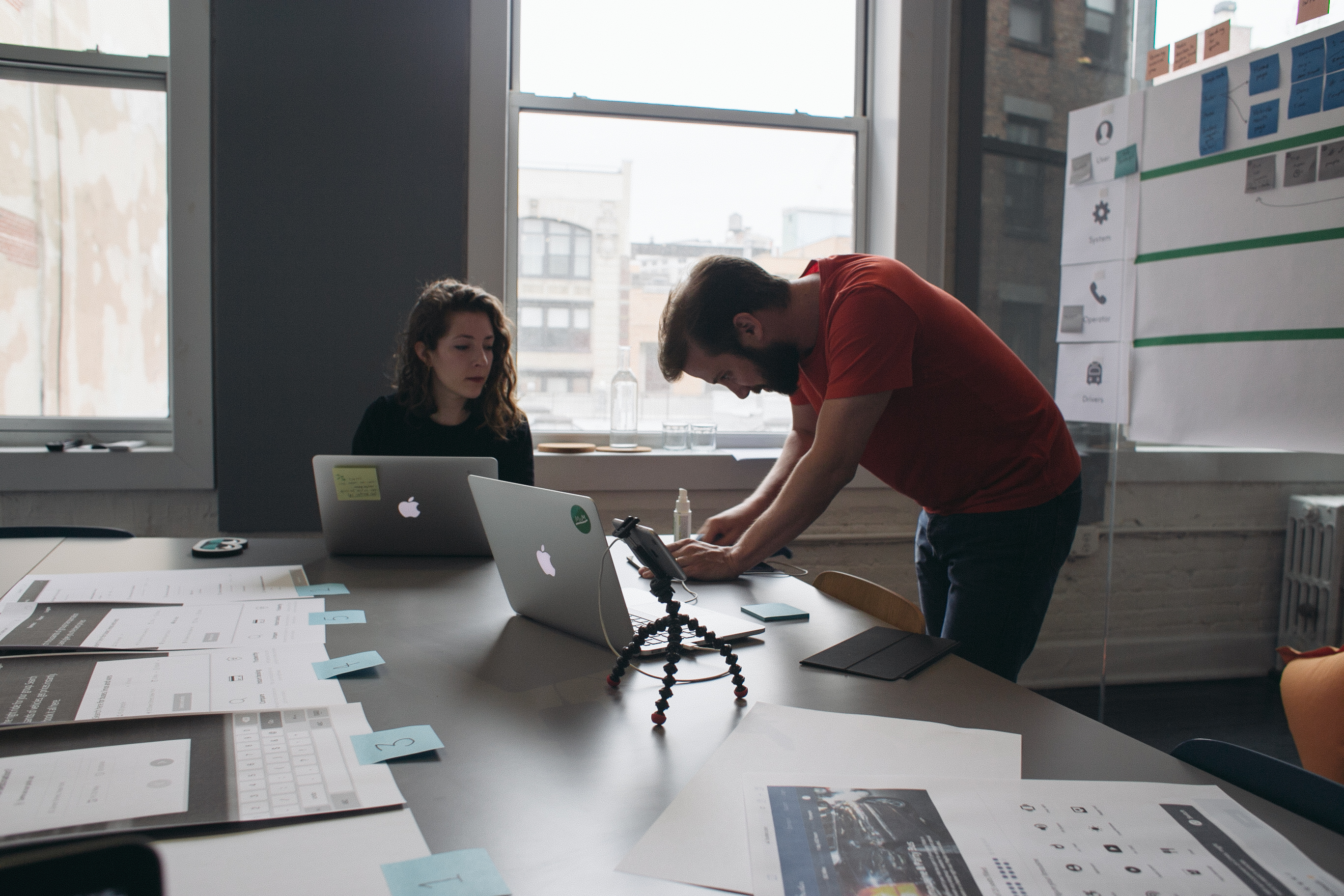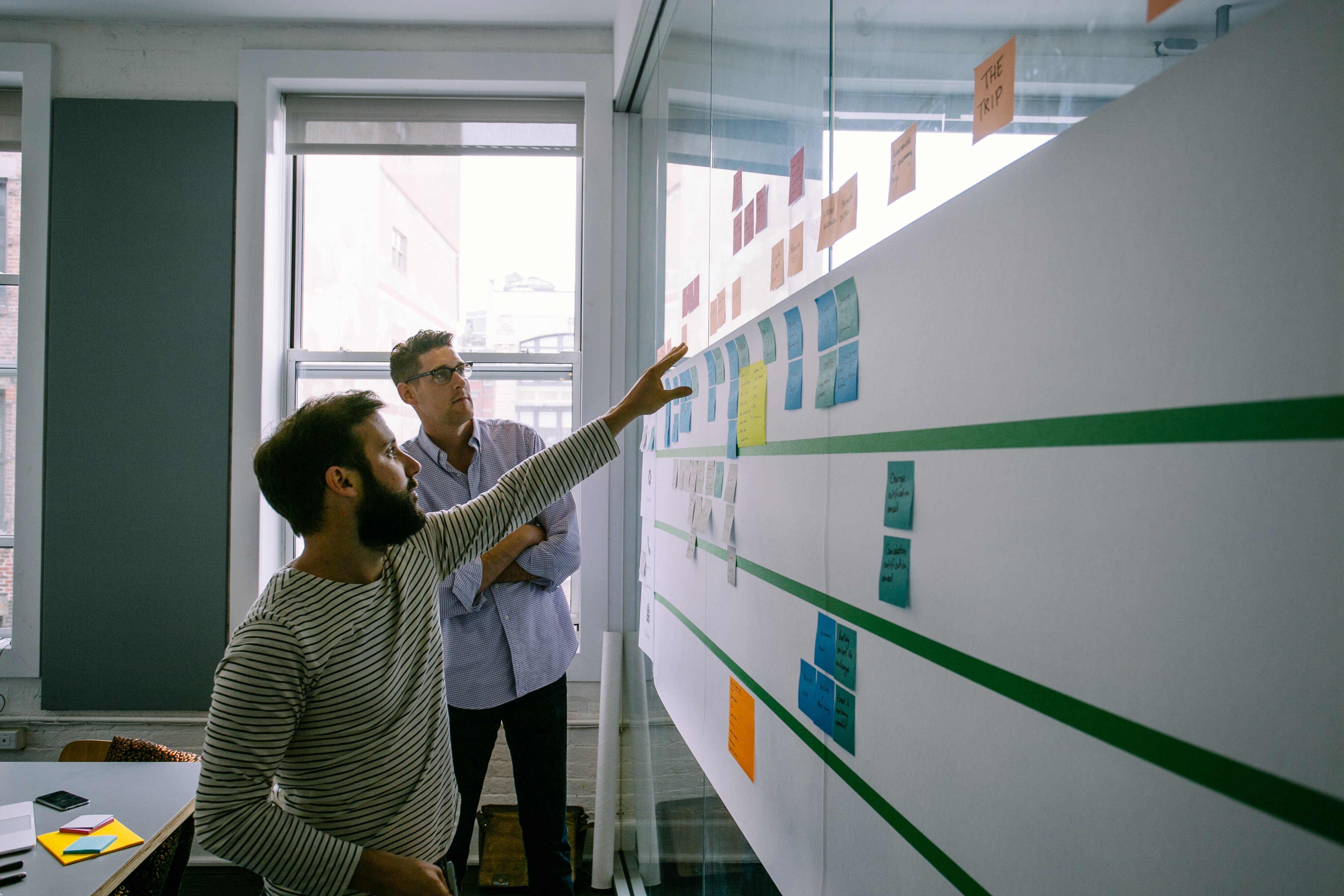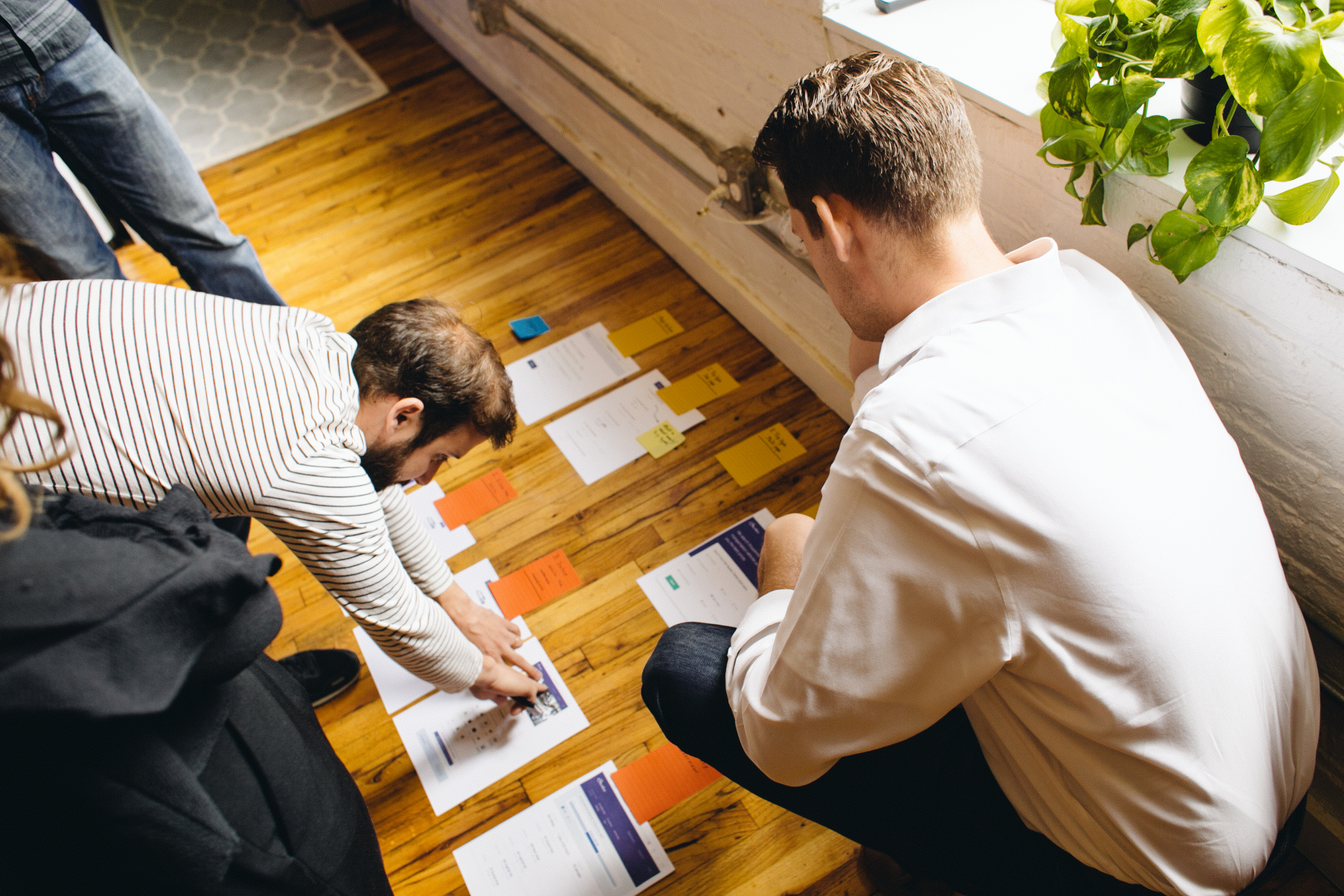We recently completely redesigned Buster, our online booking site for buses, limos, and vans, after the first version (v1) of our website had been live for about a year. It was our first big review of what had worked in our early product, and what hadn’t, and our biggest chance so far to refresh our thinking about the business we’re growing. Rethinking our product was both cathartic and grueling. Here are the hardest things we had to do to make it happen.
1. Identify the heart of the redesign.
Our prompt to redesign Buster came when we recognized an unhealthy refrain in all our product meetings: “We’ll do that after the business model shift.” We found ourselves saying it again and again—because everything we wanted to do to improve our product would ultimately be impacted by a big, looming change we had been putting off. We were procrastinating, and letting a daunting known issue block progress throughout the business. So we rallied our energy and decided to make moves—time for a total redesign.
Usually going from a v1 product to a v2 doesn’t start as a “total redesign” but as a smaller change to a fundamental component, which turns out to impact everything. When we dove in to make a change to how our site’s marketplace worked—something we knew would be hard technically and would require a lot of UI design work—we realized the change wasn’t about the marketplace. It was a shift in the focus of our business, and a sign of our vision maturing.
We were moving from a v1 product that created the basic mechanics and tested the important assumption of our business, to a refined version that truly executed those mechanics well. We realized the redesign wasn’t about a business model change. It was about moving from laying technical and supply-side foundations, to focusing on our customers.
2. Acknowledge and fill gaps in your team’s expertise.

Sally and her team had to acknowledge gaps in their own experience when executing their redesign. Photo by Adam Brodowski.
If you’ve built a product, you’ve found the strengths in your team and translated them into something valuable. And you’re probably proud of that. But you’re redesigning your product because it’s not yet the best version of itself—which probably also means your team is not perfect yet.
Once you identify what your product changes are really about—not at the surface, but in their real purpose—you’ll have to pause to consider whether you have all the expertise you need to make that shift. In changing from a supply-side foundational focus to a demand-side growth focus, we needed to augment our team with some people who were experts in users. So we looked around and ended up partnering with Made by Many to bring two excellent user experience designers onto our team full-time while we rethought our product.
3. Let go of dead build.
The hardest part of change is letting go. Sigh, that’s deep. When you’re in the midst of a redesign, trying to get a smooth flow of ideas and make progress every day, the biggest thing holding you back is going to be allegiance to what you already built. Finishing tasks, building things, releasing creations out into the world – that stuff feels great. But when you’re redesigning, you’re cleaning house, which means throwing away part of the work you and your team have done. Generally that feels terrible.
It helps to have some fresh perspectives in the conversation when you’re trying to figure out what to keep and what to chuck in your product. When we redesigned at Buster, I was relatively new to the team, and that allowed me to feel a bit less tied to our existing product, and be more forward-looking. Nonetheless, in any redesign, you’ll have to redo some of what you’ve already done, and throw some hard-won code in the trash. Think of it as experiments you used to learn your product’s real mandate—because that’s the true value of your v1.
4. Switch back from vision to execution.

The Buster team had to switch between planning and flawless execution of their vision. Photo by Adam Brodowski.
Spending time reenvisioning your product puts you in a new frame of mind. Before our redesign, our day-to-day product thinking was dominated by the everyday practicalities of maintaining and growing a technical tool. But during the redesign, we all shifted into a much broader view. We switched from everyday execution mode into to vision mode.
Here’s the catch—once you have ironed out the concept and design of any major product changes, you have to switch back again from vision mode into execution. Making that switch feels wrong once you’re in vision mode, because putting focus on execution tends to blind you to bigger thinking. But visions don’t have users – products do. And when you make a conscious effort to switch back to execution, you can start turning the new vision into a tangible, usable reality.
5. Let go of your ideal v2.
The last (huge) part of a redesign is getting practical about what you can do and what you can’t. A new product vision gives a team a new sense of purpose, but part of building the dream is bringing it down to earth. Once you’re building your v2, you have to accept that visions are perfect, but product releases are not.
For Buster, after a valiant first few weeks of build, we had to do another round of review to pick apart the new product vision, and find what was essential to it, and what was not. This time taking stock is different from reviewing your v1 product during the redesign – because it’s not about throwing out what doesn’t work. It’s about finding what the backbone of your new vision is, and building that first. Get back to the heart of your redesign—what you identified in the beginning—and outline just the pieces of your new vision that make up that heart. Build those first. The rest is roadmap.
Want to learn more about product management?
